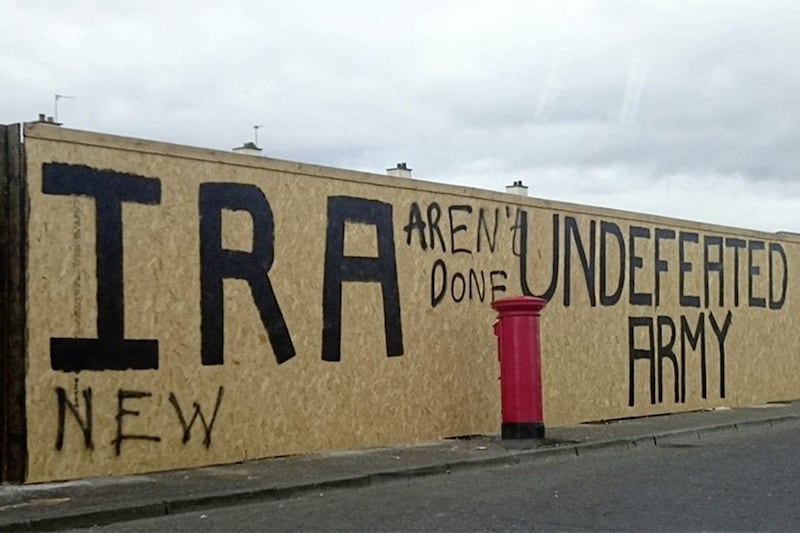A former British soldier has accused a member of the RUC of ‘making up’ a statement linked to the inquest of a republican shot dead in a suspected SAS ambush.
A squaddie known by the cipher Soldier A was giving evidence at the inquest of Francis Bradley.
The 20-year-old was killed close to an arms dump near Toome in February 1986.
Mr Bradley’s name was later added to the IRA’s roll of honour.
The inquest previously heard that he had told of being threatened by police before he was killed.
Soldier A was also involved in an SAS ambush that resulted in the death of IRA man Seamus McElwaine in Co Fermanagh a month before Mr Bradly was killed.
Former Sinn Féin MLA Sean Lynch was injured during the ambush and lay undetected until found by British soldiers the next day.
It is understood Soldier A fired two shots during the Fermanagh ambush.
In a statement Soldier A said he took part in ten tours of the north during the Troubles and was a member of a “Special Military Unit” – a description used by the Ministry of Defence but generally understood to include the SAS.
A total of 21 shots were fired at Mr Bradley, with eight rounds striking him.
Soldier A was responsible for discharging one round, and the the first that struck Mr Bradley, after shouting “halt”.
During Thursday’s hearing in Coleraine, coroner Peter Irvine heard Soldier A was the “most senior soldier on the ground” during the ambush.
The inquest heard that before the shooting Mr Bradley was walking away from soldiers, who were positioned nearby, while holding a gun in a “single hand”.
Referencing statements given by the former soldier in 1986 and another last month, Karen Quinlivan KC, acting for the Bradley family, pressed Soldier A about what happened on the night of the killing,
The statement was taken by a Chief Inspector McBurney the day after the ambush.
During the exchange, Ms Quinlivan read from the soldier’s 1986, statement, adding “you say ‘he turned sharply as if to confront me, I saw that the rifle was now in both hands, traversing in an aggressive manner in our direction”.
The barrister asked Soldier A if he was suggesting that Mr Bradley was moving towards him to which he said “no” and agreed that the choice of language “traversing in an aggressive manner” was not his language.
Asked what his language was he said Mr Bradley had “started to turn” when he fired.
Ms Quinlivan said: “So he hadn’t even pointed the weapon at you at this stage, he had started to turn, is that right?
“Yes, as far as I can remember, yes,” Soldier A responded.
He later agreed that his account was that Mr Bradley “had started to turn” when he shot him.
Ms Quinlivan asked Soldier A if he accepted “‘traversing in an aggressive manner in our direction’ is not the same thing at all as ‘starting to turn’ and I shot him?”
“So, the police officer made that up?” she asked.
In response, Soldier A said: “It wasn’t the language I would have used”.
Ms Quinlivan pointed out that the two comments had different meanings.
“They are two different things, it’s not simply a choice of language, I am asking you again, is it therefore your evidence that the police officer who took this statement made that particular aspect of the statement up?
“It did not reflect the account you gave to him?
Soldier A responded: “Yes.”
Later a barrister for the PSNI led Soldier A back over some of his evidence adding the “suggestion that Chief Inspector McBurney was making up something that was put in your statement is incorrect”.
“Isn’t that right? She asked.
Soldier A replied: “Yes”.








